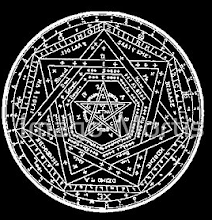Na origem destas reminiscências situar-se-iam o culto e o mito da Afrodite Mylitta, nome pelo qual os Gregos designavam a Ishtar assírio-babilónica, a Astarte anatólica, a Afrodite de Ascalão - todas as variantes da grande Deusa Mãe da Ásia, em que se vêm concretizar tendências ao mesmo tempo uranianas, ctónicas, às vezes amazónicas; o mito de Ônfale, rainha da Lídia e amante de Hércules, não passaria da versão helenizada da hierogamia da grande deusa com o seu princípio masculino, Belos-Herakles, deus solar. As relações de Ônfale com Hércules, sujeito à rainha pela volúpia, seriam apenas uma figura da subordinação do deus, princípio fecundante, à grande deusa que representa por sí só a soberania e o poderio criativo divinos...a característica fundamental do culto desta deusa é justamente esse de exigir a prostituição das virgens nos seus santuários e o "sacrifício da castidade" das matronas. Quando o "patriarcado" triunfou defenitivamente com a Roma republicana e as Doze Tábuas, antes de encontrar a sua expressão suprema no principado imperial, o mito asiático de Vénus, mãe da raça dos Iules, continuava ainda a obcecar os espíritos, de tal modo que...
(P. Klossowski, in Origens Cultuais e Míticas de um Certo Comportamento das Damas Romanas)







